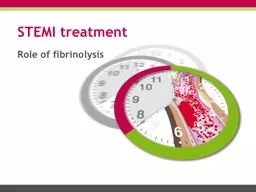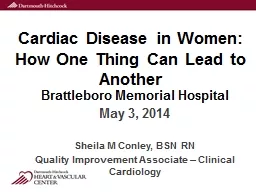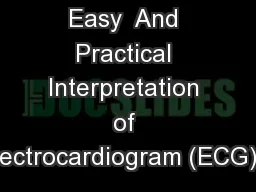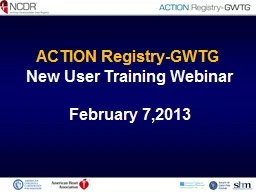PPT-STEMI treatment Role of fibrinolysis
Author : conchita-marotz | Published Date : 2020-04-03
Content Fibrinolytic agents Clinical studies Metalyse prescribing information STEMI networks Importance of time Treatment strategies amp guidelines Registries Take
Presentation Embed Code
Download Presentation
Download Presentation The PPT/PDF document " STEMI treatment Role of fibrinolysis" is the property of its rightful owner. Permission is granted to download and print the materials on this website for personal, non-commercial use only, and to display it on your personal computer provided you do not modify the materials and that you retain all copyright notices contained in the materials. By downloading content from our website, you accept the terms of this agreement.
STEMI treatment Role of fibrinolysis: Transcript
Download Rules Of Document
" STEMI treatment Role of fibrinolysis"The content belongs to its owner. You may download and print it for personal use, without modification, and keep all copyright notices. By downloading, you agree to these terms.
Related Documents














